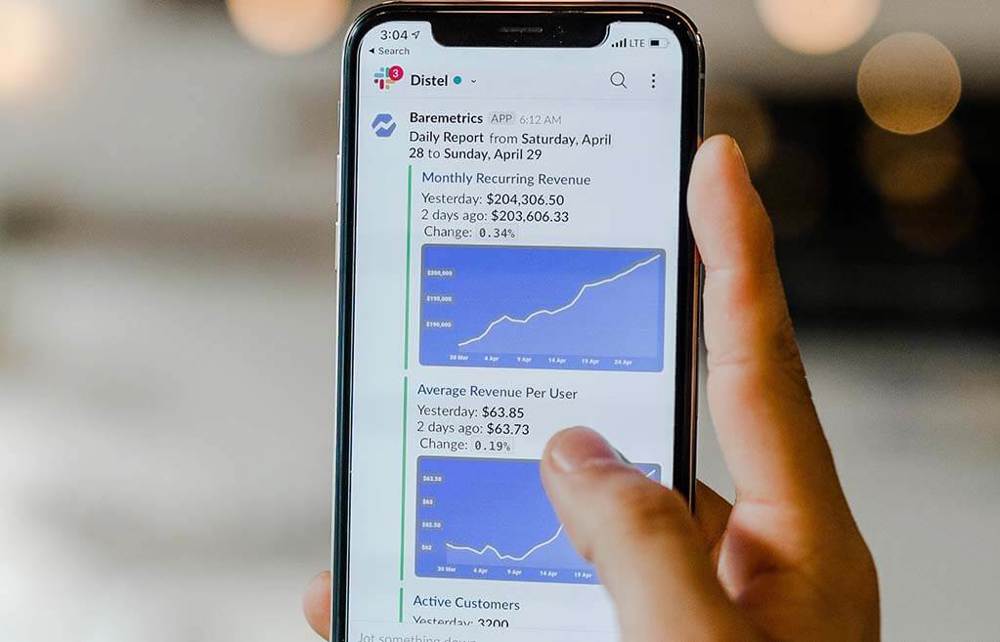

If you aren’t familiar with SaaS, (Software as a Service), it’s a method of software delivery where applications are hosted remotely by a vendor or service provider, and made available to customers over a network. Most SaaS providers offer a usage-based subscription that can be purchased on a monthly or yearly basis. Models such as pay per user, or for group of users are fairly common. Others tend to bill by modules and/or features.
At Scandia, we have built out platforms that support all sorts of billing methods, including white-label pass-through for customers that are selling in the business-to-business (B2B) space.
How can SaaS benefit the financial industry?
Often companies do not have the resources to manage various systems and SaaS not only saves effort and time but also helps keep costs down with various payment options. That in itself is appealing, but financial companies such as banks also require tight security and the need to meet ongoing regulatory demands which is a key benefit that SaaS provides.
Key Features
Key SaaS features to the financial industry:
- Scalability - (SaaS apps tend to be highly scalable)
- Robust CMS/Backend that is user friendly
- Customized Interface
- High Security and enhanced controls
- Real-time data backups
- Client control
- Seamless integration with API’s and third-party systems.
- Cost Savings
- Regulatory compliance
Overall, the financial industry is increasingly recognizing that SaaS compatibility and operational management are an asset to business processes while providing value to clients. With a greater opportunity for improving revenue, containing costs, and improving efficiency, Cloud technology in the financial industry continues to evolve and the future of banking is SaaS.
Latest and Related Articles
We think you may enjoy some more of these articles that are up next!

For Immediate Release: Standard Motor Products Partners with MyScandia.com for Comprehensive Website Redesign and Umbraco Rebuild
Standard Motor Products, Inc. (NYSE: SMP), a leading automotive parts manufacturer and distributor, has completed its...


Personalize Your Website in 4 Steps
Personalization is key to creating a memorable and engaging user experience on your website. By tailoring content and...


Introducing the New Promera Solutions Website — Built on Umbraco. Built for Growth.
Promera Solutions (formerly DataClean) has launched a new Umbraco Cloud–powered website designed by Scandia. Built wi...
